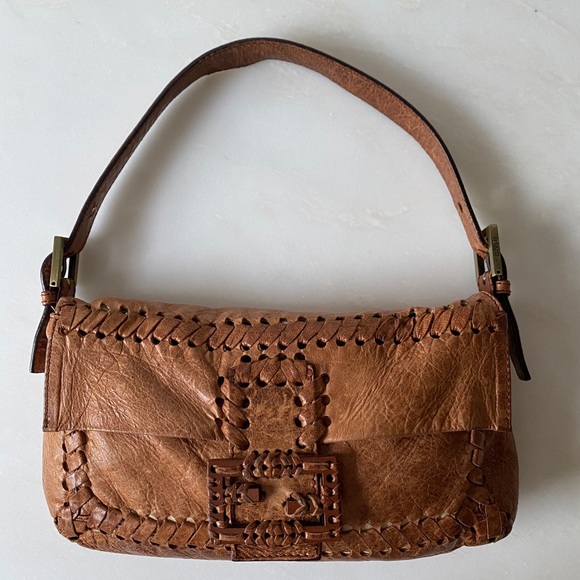Did you know bags are actually a male invention? Back in the Medieval Ages, coins were kept in leather or fabric bags worn by men. During the Rococo movement women decided to imitate the practical use of bags for multiple purposes such as storing powders and handkerchiefs. In the 1700s, a sewn silk bag with two cords called the reticule became a fashion statement. This was just the beginning of what a purse or handbag would become, in the Mid 1800s, women started to travel using the first railway lines. The silk bags were no longer functional, so a more rigid design made of leather with metal frame became a must have. Here, we will discuss the history of the classics and the it bags.

It was only in the late 1970s when Yves Saint Laurent began to flirt with the idea of a bag suitable for use in combination with ready to wear fashion. The era of the It Bag began with the famous Fendi Baguette, when worn, it only fit under the arm in a way that reminded one of the famous French breads. It Bags have a veil of exclusivity, sometimes more important than functionality itself. This made them the new object of desire for the mainstream and a great source of income for some of the biggest fashion houses in the world.

Some of the It Bags from the last two decades include the bowling bag from Prada, the Trapeze by Celine, The Chanel 2.55 or the Kelly from Hermes. Successful models are often limited and hardly duplicated, making them classics and a must have. Sometimes the biggest appeal is simply the fact that many cannot just carry one out of the shop or buy them online. Scarcity is a motivator and a driving factor to make a bag a success as much as a great new design. The fashion world and the influence of social media can declare a bag as a cult object. This is why Refeci will explain the history and the craftsmanship behind some of the top It Bags in the history of fashion. We will also take you through the restoration process of many items that belong to our clients and deserve to be in the spotlight.
